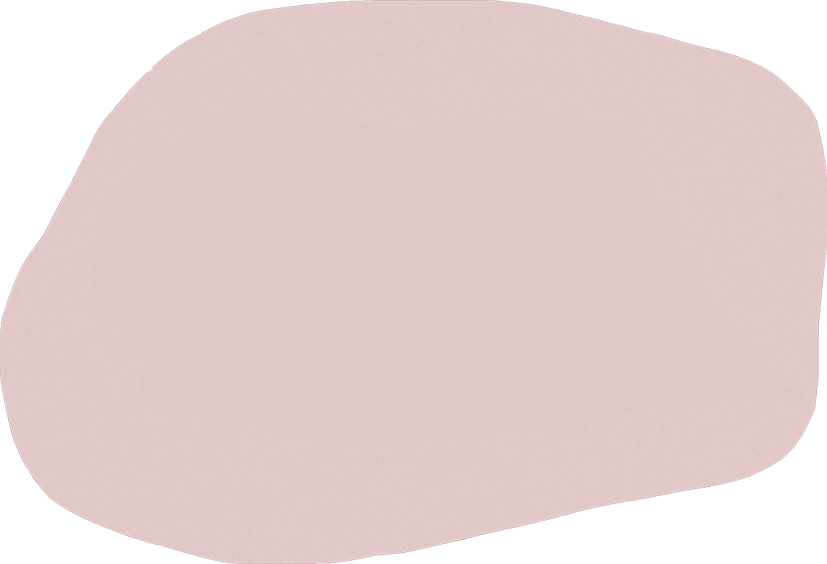ImproXchange combines traditional (contact) improvisation approaches with compositional tools. The dancers learn to trust instincts of their bodies and follow its natural movement while being actively involved in the context of the moment, created by the actions of their fellow dancers, the space, sound, light and audience! By improvising and analysing the choices that are made, a high level of awareness is developed that enables personal decisions based on what is the best for composition of the whole group.
Read more below
From Monday October 28th
to Friday November 1st 2019
Duration : 5 days (35h)
From 10am to 5pm
Studio Noces, Micadanses
20 rue Geoffroy l’Asnier 75004 PARIS
Cost: 240€
Sign up for the 3 modules of the parcours and get a discount :
A first approach of Instant Composition - module 1
Students : dancers, actors, musicians or circus performer, performing with improvisation tools in their media and with interest toward a global and corporal approach of improvisation for the stage.
Teaching tongue : english & french
︎
Registration process*

Miquel de Jong (Netherlands, 1971) is the choreographic assistant and movement coach of Panama Pictures training the performers and working in close collaboration with choreographer Pia Meuthen. Next to this he works as a dancer, a rolfer and a teacher giving workshops in many countries such as Russia, Spain, Germany and China. His dance career started at Scapino Ballet, the Netherlands and then brought him to France where he worked as first soloist at the renown modern dance company L’Opera de Lyon and Ballet Preljocaj and later to London where he danced for choreographer Russell Maliphant. Through the inspiring work with Russell he came in contact with a variety of movement styles and techniques such as improvisation, contact improvisation, capoeira, acrobatics and body-mind techniques like yoga, thai chi, rolfing and meditation. His view on dance and movement changed entirely and led him to discover his own method for teaching improvisation and instant composition called improXchange. Read more
A few words on improXchange method
“I find improvisation to be an extremely powerful manner of performance because it is the existence and presentation of pure innovation. Yet, when most people improvise they are overwhelmed by the infinite number of possibilities and revert to ‘just doing something.’ In its best form improvisation is a complex summation of moments related to innumerable factors, unpredictable and irreproducible. The interactions that exist have a direct relation to that moment in time and space and are therefore sincere, always in context, and legible to an audience.
Via an interdisciplinary technique developed from the dance and theater world, my goal is to guide the participants into a space where they become aware of the countless determining factors that shape their improvisation and can utilize their own innate knowledge to create an in the moment performance.
While typical dance training is focused on the perfection and performance of a movement, my focus relies on the instinctive knowledge that the body and individual already posses and works from there to discover a natural flow of pre-reflective movement. In this situation the brain becomes free to make aware and active choices geared towards composition.
Over the past years I have developed and implemented this manner of working through several projects each with an unique subject and focal point, for example: temporal existence, spatial awareness, functional and structural body awareness, phrasing in dance, use and integration of the senses; intuition – movement as dialog; partnering improvisation and the use of emotions.
My method asks the dancers to dare to only move when necessary. Movement not for the sake of movement but as a sincere reaction to an inner or outer impulse, always true to the moment and connected to the outside world and therefore extremely legible for an audience.
In the first part of my class I zoom in to the material body and physiology. The focus is on increasing knowledge of the different bodily systems such as the skin, soft-tissue, and the bones and joints. Knowledge of structure and function allows us to refine our movement
Specific exercises stimulate the coordination, kinesthetic awareness, and flow of movement. Movement
This creates an enormous knowledge and trust of the body, freeing the mind from the responsibility of controlling the body and allowing it to focus on the complexity of composition. Pre Reflective Movement
Consensus Composition
Composition work develops the different layers that define choreography: space, music, light, phrasing, timing, emotion, environment, dramaturgy and story. Through practicing these skills in differing configurations the dancer develops the ability to make appropriate choices specific to the organization of the whole.
Unlike a choreography where the process of decision making is done by developing and polishing the material for many weeks in the studio, an improvised piece requires a different way of working: here the dancer must create, compose and perform at the same time in the execution of the situation on stage. This kind of implementation requires the dancer a specific presence and availability, and a high level of commitment and responsibility.
The performer's body and mind must be tuned to the perception, imagination, intuition, and the action/reaction. At the same time he has to be capable to constantly reflect on what has been, and respond to actions and reactions of the other dancers and to the composition of the whole, including all its various layers. This seemingly elusive qualities are skills that are taught and or trained in the workshops / classes of improXchange.
In short my method:
- Trains the body and increases body awareness
- Helps the dancer become more mindful of the various elements of composition at his disposal and become more skilled at making individual choices that affect the whole
- Trains mental suppleness, the ability to be open to both internal and external impulses and to make choices from within the myriad of possible reactions, and teaches the dancer to be aware of their own pre-programmed reactions, their own patterns, and how to get away from them
- Through increasing awareness improves the ability to reproduce material
- Increase the dancer’s individual worth, and through use of individual strengths puts the dancer on a technically even level
- Works with the natural flow of movement and therefore prevents injury
- Gives a clear and honest image of the dancers’ artistic vision and allows the dancer to develop this within the guise of group, duet and solo material
Improvisation opens the door to the full potential of every individual. Because, the dancer cannot rely on the safety of set steps or choreography, he is forced to return to his own inspiration, experience, competence, and talent. This revelation of strengths and weaknesses allows for self-reflection and improvement of both technique and artistic insight.”



